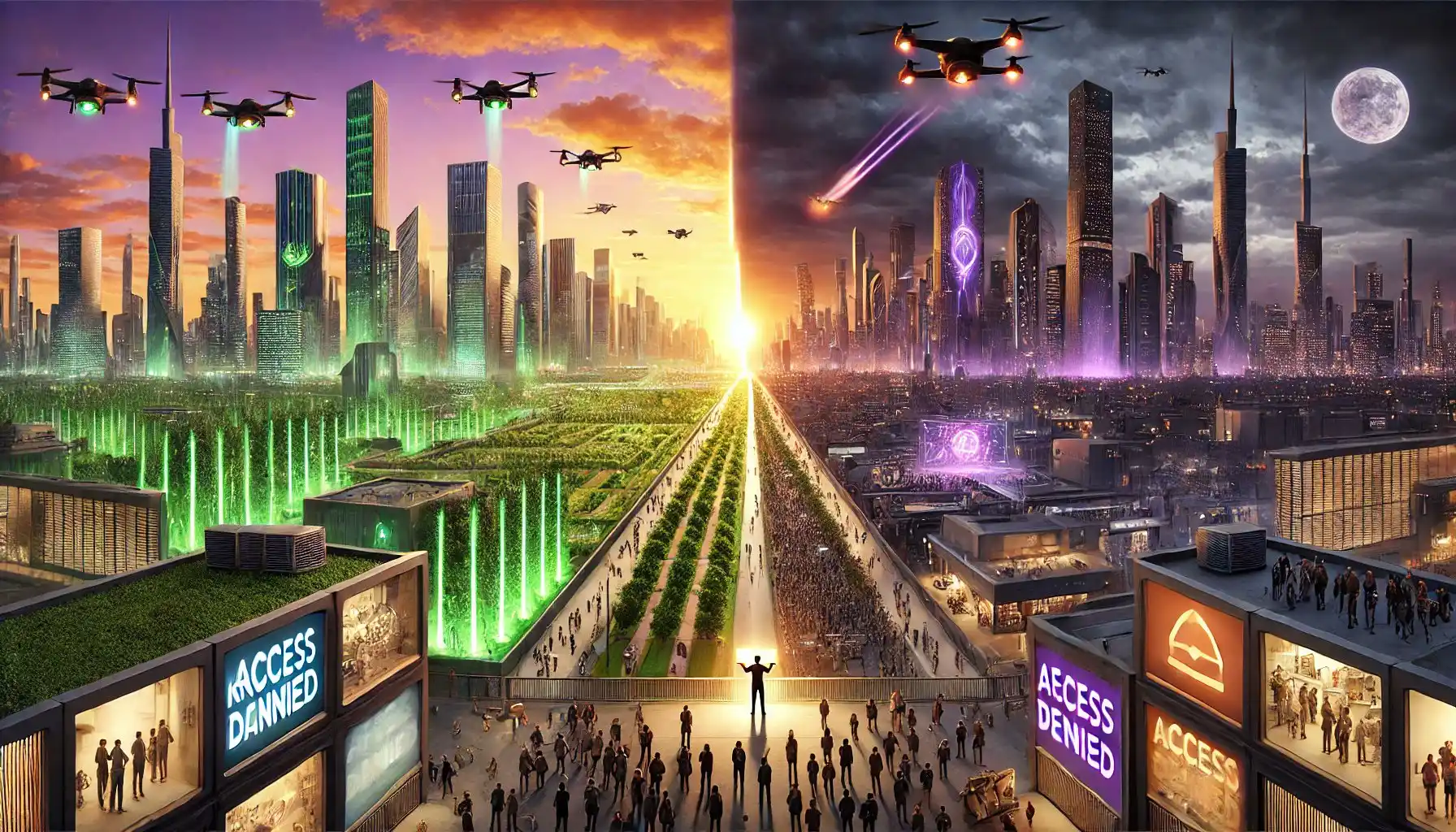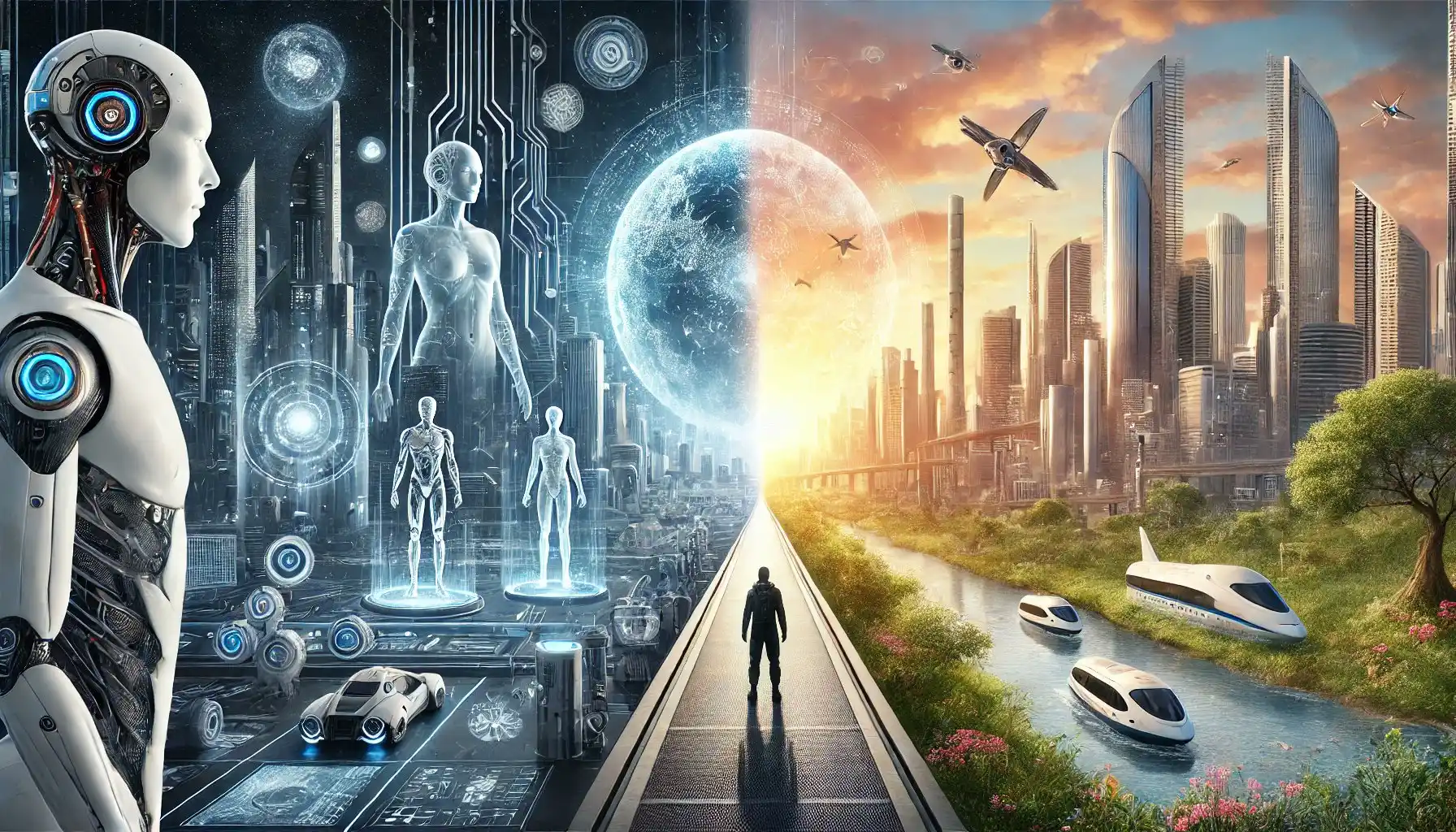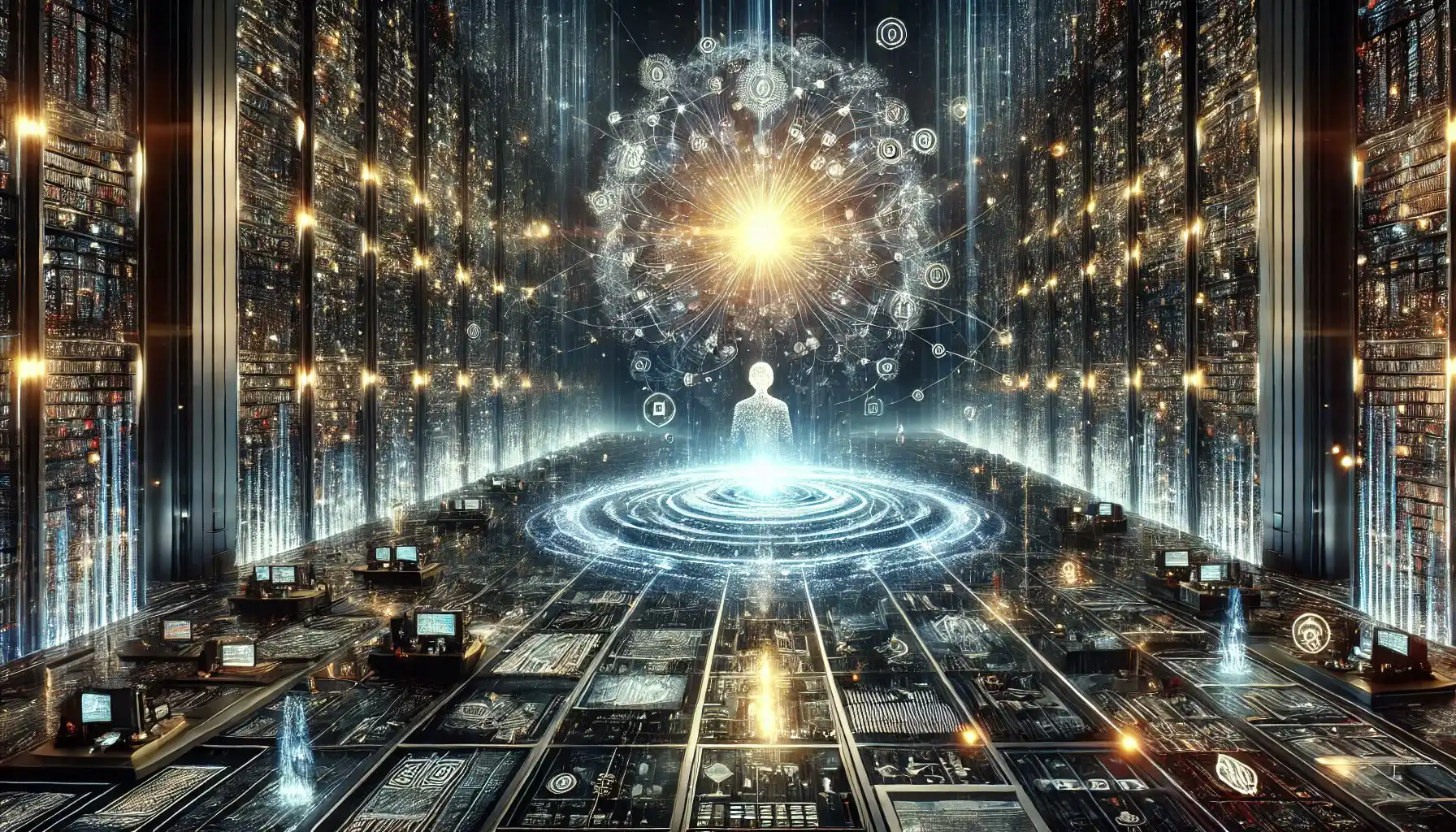1. Introduction
2. The Quest for a Universal Language of Knowledge
3. AI and the Democratization of Knowledge
4. The Next Era of Computing: Collaborative Intelligence
5. The Mechanics of the Next Era of Computing
5.1. Transition from Traditional Coding to Machine Learning
5.2. Neural Networks and GPU Acceleration
5.3. Data as the Fuel for AI Innovation
5.4. Feedback Loop of Human-AI Collaboration
6. The Threat of Censorship to Technological Progress
7. The Case of Speech Legislation in Canada
8. Implications for the Future
9. Conclusion
-
Importance of Online Speech: Online communication is crucial for the dissemination of ideas, collaboration, and innovation in today’s digital age. It fuels advancements in technology, including those associated with the Fourth Industrial Revolution (Industry 4.0), which encompasses areas like artificial intelligence, the Internet of Things (IoT), and advanced computing.
-
Impact of Restricting Online Speech: If online speech were severely restricted or stopped, it could hinder the free exchange of information and slow down technological progress. Innovations often emerge from shared knowledge and global collaboration, which thrive in open online environments.
-
Practical Limitations: However, it’s unlikely that a single person could entirely stop online speech globally due to the decentralized and resilient nature of the internet. Additionally, technological advancements might continue through alternative means or in regions where online speech remains free.
10. Call to Action
11. Outcomes


Outcome #2: Humanity stands between two futures: one of transhumanism and AI integration, which would align with fascination of Liberal Party and NDP Party of Canada side of the cultural spectrum, where cybernetic enhancements and biological modifications define progress.
On the right, a more Conservative Party approach, a type of minimalist, eco-conscious engineering, where fission and fusion power and fusion-powered space rockets make life multi planetary, in combination with subtle technologies harmonize with nature as the refinement of technology makes less of an impact on nature through extreme efficiency enhancements.
A single figure stands at the divide, embodying the choice between transforming human biology (Life Sciences to Life Engineering prioritization of species/Industry 4.0 Transhuman prioritization discipline) or mastering aerospace engineering and nuclear engineering that sustains the planet with minimal impact as well as space vehicles that can travel the galaxy pr build cities in space or on planets, moons and asteroids. (fusion rockets and fusion devices and fission) (Aerospace Engineering and Nuclear/Energy Engineering).

11. Related Content:
Title: “Comprehensive Analysis of Romania and Hungary’s Positioning in the Fourth Industrial Revolution” https://x.com/SkillsGapTrain/status/1855199582487040131
Title:“The Evolution and Philosophy of Technological Progress: Beyond Postmodernism” https://x.com/SkillsGapTrain/status/1851187087611199535
Title: “Navigating the Omega Point: A Journey with Valentin Picard and Q from OpenAI” https://x.com/SkillsGapTrain/status/1851458468450091296
Title: “Terence McKenna Was a Futuristic Genius” https://youtu.be/NJMKuswemhc?feature=shared
Title: “Forging Canada’s Future: A Unified Curriculum of Tradition and Technological Mastery” https://x.com/SkillsGapTrain/status/1850028223909810680
Title: “Integrating Science, Philosophy, and Spirituality: A Comprehensive Response to Dawkins and Peterson” https://x.com/SkillsGapTrain/status/1851435254298374283
Video in Question: Title: “Dawkins vs Peterson: Memes & Archetypes | Alex O’Connor Moderates | EP 491” https://youtu.be/8wBtFNj_o5k?feature=shared
‘Fix the broken countries of the west through increased transparency, design and professional skills. Support Skills Gap Trainer.’
To see our Donate Page, click https://skillsgaptrainer.com/donate
To see our YouTube Channel, click https://www.youtube.com/@skillsgaptrainer